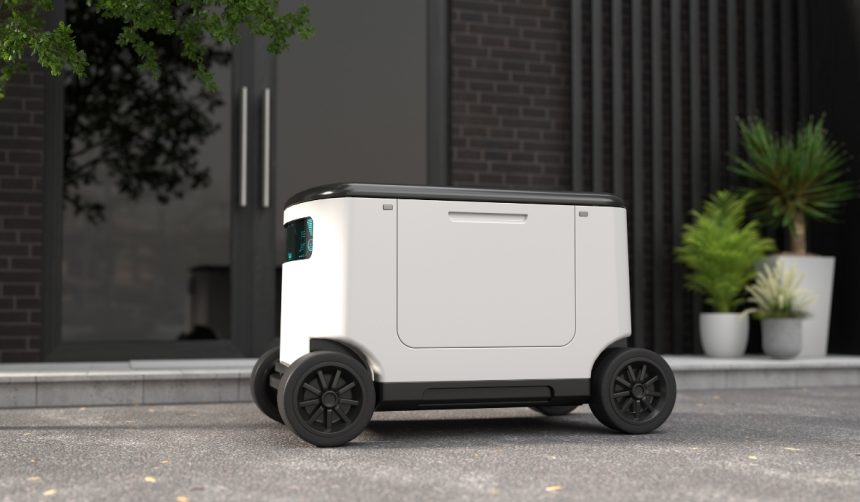Mounting challenges in housing supply, labor shortages, and construction inefficiencies in Europe and North America are driving interest in new building technologies. In this context, London-based All3 has publicly introduced an integrated construction system that employs artificial intelligence and robotics. The company aims to address the sector’s hurdles by streamlining processes, increasing affordability, and reducing development time. Industry observers note that current practices are increasingly strained by escalations in project costs and depleted labor pools, making automated approaches of heightened relevance.
Reports published at earlier stages revealed that several other companies have attempted to deploy robotic automation in construction, typically focusing on specific tasks such as bricklaying or modular assembly. Those efforts often emphasized partial automation and partnership with traditional industry stakeholders. All3’s announcement differs with its vertically integrated model, offering an end-to-end process where the company manages every stage from design to final build. Previous information on All3’s activities was scarce, with only occasional references to robotic construction trials in European locations such as Belgrade. The decision to target multifamily developments and urban infill sites marks another shift from the widely referenced focus on greenfield and single-family projects by earlier competitors.
What is All3’s approach to vertical integration?
All3 seeks to restructure the construction value chain by delivering an all-encompassing platform that combines AI-driven design, off-site manufacturing, and on-site robotic assembly. Rather than selling hardware or software to contractors, the company manages the entire workflow itself. This approach is presented as a response to an industry described as slow to innovate and hampered by risk aversion. Company leaders suggest that traditional construction’s reliance on manual labor and limited investment in research contributes to inefficiency, particularly as the workforce ages and shortages intensify.
How does automation fit into the system?
The core of All3’s offering is an AI platform that collaborates with human architects to generate customized designs for each building project. These designs form the basis for automated off-site fabrication of key building elements—such as walls, beams, and columns—using structural timber composites. Proprietary software enables standard industrial robots to produce both standard and unique components efficiently. Once shipped to the site, mobile robotic platforms equipped with interchangeable tools perform various assembly tasks. The company reports that this setup allows flexible adaptation to different plot shapes, including challenging urban locations.
What market is All3 targeting, and what impact does it expect?
All3’s business model bypasses traditional builders by directly serving real estate developers, covering activities from project design to the finished home. Developers obtain a turnkey product while All3 manages compliance, construction, and integration of electrical and plumbing services. According to the company, its solution can halve development timelines, reduce costs by up to 30%, and achieve a carbon footprint reduction of 25%. Funding to date totals $30 million, contributed by founders with experience scaling businesses in adjacent industries. Their initial projects are scheduled to break ground in Europe in late 2025.
“Delivering sustainable homes that people can afford is one of the greatest unmet needs of our time — and the construction industry has struggled to respond,” stated Rodion Shishkov, All3’s co-founder and CEO.
The construction sector faces intensifying pressures from rising project complexity, regulatory adaptation, and sustainability demands. All3’s integrated AI and robotics offering represents one of the more comprehensive attempts to automate the full construction life cycle in response. Observers should consider that while automation may alleviate some workforce stresses, challenges linked to regulatory variation and urban site conditions could still limit widespread adoption. Developers interested in offloading technical and operational risks may find All3’s vertically integrated approach attractive. As construction automation continues to gain attention, evidence from upcoming projects will further clarify the potential for direct, all-in-one solutions to alter standard building workflows and bolster affordable housing supply. For stakeholders, understanding the practical outcomes from All3’s deployments will inform future investment and policy in tech-enabled construction.










